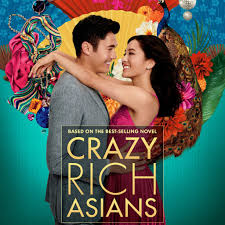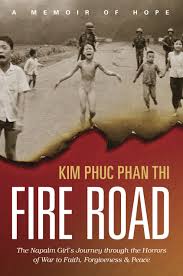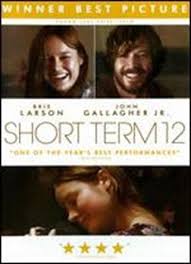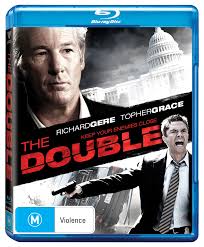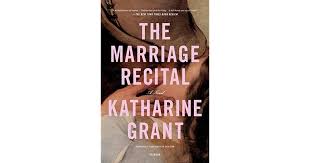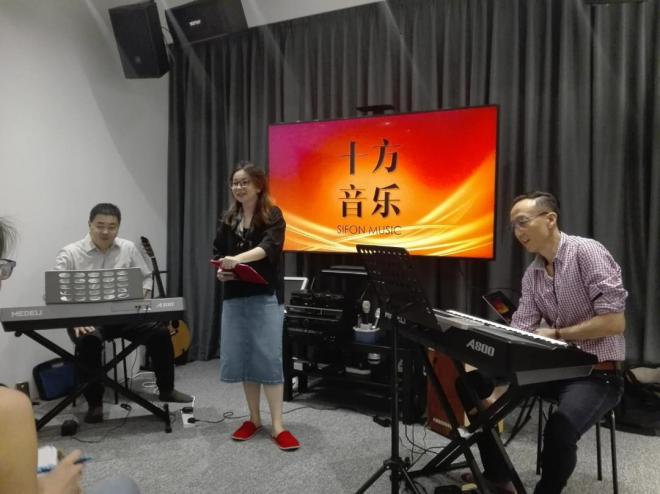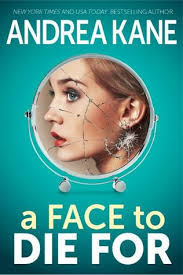
A Face To Die For is the latest book in Andrea Kane’s Forensic Instinct series. (The Girl Who Disappeared Twice, The Line Between Here and Gone, The Stranger in You, The Silence That Speaks and The Murder That Never Was are all reviewed here.) In all the novels, Kane creates characters confronted with life-threatening danger with an element of suspense, excitement and tension. Each of the novels can be read on its own. I think A Face To Die For is the best so far as it involves two separate cases which are intertwined with an interesting twist.
The novel reads like a movie. The story is intriguing: Right from the Prologue, there is a sense of urgency and at a pace that only escalates over the next 38 chapters, until the Epilogue. The story takes us from Brooklyn, New York in March 1990 to Tribeca, NY City in May 2017. Along the way, besides the Forensic Instinct offices in Tribeca, we “go” to (and from) the Plaza Hotel on Fifth Avenue in NY City, an Animal Clinic in Minneapolis, Minnesota, a townhouse in Rye, New York, a massive home in Todt Hill on Staten Island, the NYU Stern Business School’s Faculty Wing, to Cleveland, Ohio, the Green Cemetery in Brooklyn, a top-ten NYC restaurant on West Fifty-first Street in Manhattan, the La Guardia airport and more.
The first case involves a stalking incident; the second about two women who’ve never met who look exactly like each other. Are the two women twins? How did they get separated? Did someone not want them to meet and thus reveal the truth of their background? When DNA testing prove they are identical twins, and their lives threatened, did it mean there is someone with such a huge secret that has to be kept that way no matter what has to be done? The plot may sound familiar but Kane has a way of adding her own twists and make this book a page turner. The mystery intensifies. What is the secret? Who is behind it? How did murder come into the picture? What dark forces are at play? And how is this case related to the first?
The seemingly far-fetched scenerio is made to seem quite logical in the hands of Kane. This is not just a mystery story that is captivating and engrossing; there is the issue of adoption. The idea of sibling separated shortly after birth, being adopted, kept apart and then being reunited is something to ponder over. I hope I don’t have to wait a long time for the next instalment in this series. Kane can’t write them fast enough for me.



